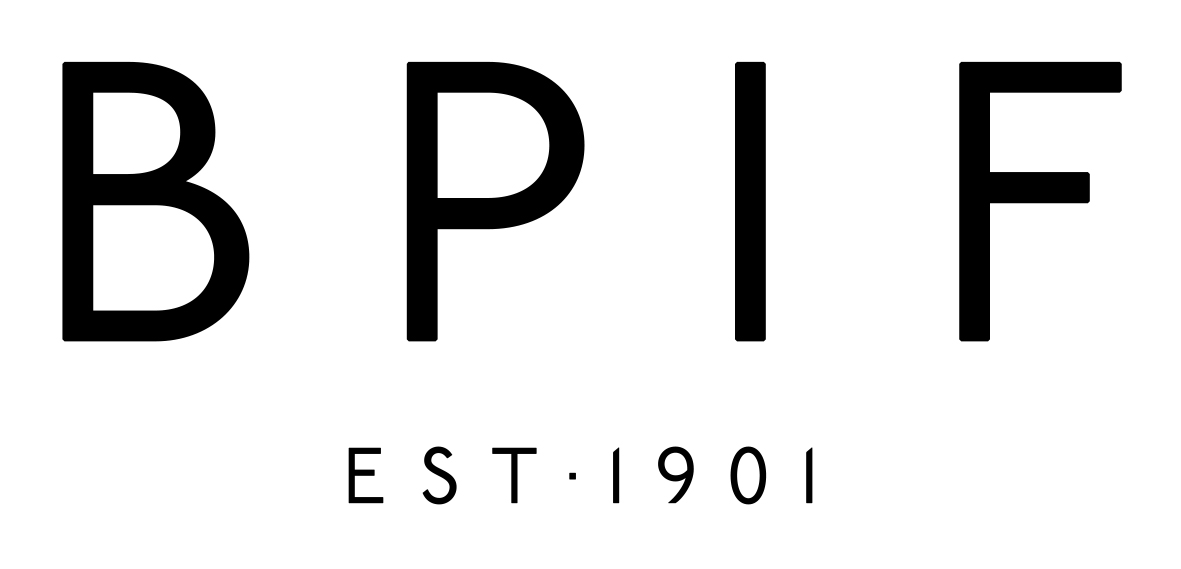2 July 2020

HR workshops continue in September...
BPIF will continue their HR workshops virtually from September onwards, including a workshop around ethnic diversity in the workplace with some practical steps our members can take to demonstrate their commitment to racial equality and ethnic diversity, to support their BAME employees and promote ethnic diversity in their organisation.
We will be sending further information on booking onto our HR, Legal & H&S workshops shortly, in the meantime please visit our article on some steps employees can continue to take.
Ethnic diversity in the workplace
Every person, regardless of ethnicity or background, should be able to fulfil their potential at work. Employers who take action can unlock the potential of BAME (Black, Asian and Minority Ethnic -defined as all ethnic groups except White ethnic groups) employees, growing the talent pool and addressing skill shortages in the process - The Chartered Institute of Personnel and Development (CIPD).
1. Express clear commitment to ethnic diversity
Send out communication to all staff from the top of the organisation expressing commitment to ethnic diversity, equality and inclusion. Emphasise that there is no place for racism in your organisation and ensure that the importance and value of diversity is recognised and emphasised at every opportunity.
2. Values
Incorporate equality, diversity and inclusion within your corporate core values, ensure they are reflected in your policies, procedures and everyday practices and hold events, workshops and campaigns promoting them. Assess staff of all levels against those values as part of your performance appraisal process.
Recognise, support and reward the actions of staff members promoting ethnic diversity both in and outside the workplace (for example, sponsoring employees taking part in fundraising activities).
3. Diversity and inclusion champions
Appoint members of the board of directors/senior management as diversity and inclusion champions. Include, as part of their key performance indicators (upon which any pay increases and bonuses are based), consideration of what they have done to promote and improve ethnic diversity in the organisation. Ensure that they are provided with formal training to educate them on and enhance their understanding of equality, diversity and inclusion as well as proper tools and resources to support them in achieving those objectives. Speak to your Regional HR Adviser about a Diversity workshop.
4. Diversity audit
Carry out a HR Health Check with your Regional HR Adviser, to include a breakdown of all positions held by ethnicity, and evaluate the data. Publish the data and, based on the results, put in place a clear strategy (with measurable targets and timeframes) on how the position will be improved. Ensure that the strategy is implemented, progress reviewed and reported on.
5. Ethnicity pay gap audit
As a vital first step in seeking to eliminate pay disparities between ethnic groups, consider carrying out an ethnicity pay gap audit and publishing the results. This helps to promote better equal opportunities, diversity and inclusion and transparency within your organisation. Although the results of such an audit may make for uncomfortable reading, a willingness to address the issues identified, together with a proper strategy in place for doing so, demonstrates commitment to diversity.
6. Training and enforcement
Provide regular and compulsory training to all staff on equality and diversity and, in particular, on unconscious bias. Consider training your managers on such matters in the context of recruitment, promotion and termination of employment.
Ensure your organisation's equal opportunities policy is in a prominent, easily accessible place, regularly reviewed and updated and communicated to staff.
A template policy can be found within HROL section on the BPIF website; https://www.britishprint.com/membership-services/human-resources/docs-and-guidance/#section=547&sub=241
Ensure that any complaints regarding racism are fully and swiftly addressed in line with the organisation's disciplinary and grievance procedure and anti-bullying and harassment procedure.
A template policy can be found within HROL section on the BPIF website;
7. Recruitment and promotion practices
Make sure that career progression in your organisation is structured and transparent. Review recruitment practices to eliminate bias and discrimination. This could include how and where employers recruit new workers, whether the images and language used in recruitment materials are inclusive, line manager interview practices and the approach of recruiters working on employers' behalf. Focus on initiatives to increase diversity in the succession pipelines for senior management and the board.
(CIPD, 2017) Address unconscious bias. It goes without saying that we need to continue to tackle overt discrimination head on. We all carry biases that we may not be aware of but that are affecting our behaviour and decision-making. Acas explains that, 'Unconscious bias occurs when people favour others who look like them and/or share their values.' It 'can influence decisions in recruitment, promotion, staff development and recognition and can lead to a less diverse workforce. Employers can overlook talented workers and instead favour those who share their own characteristics or views.' They also point out that when an unconscious bias relates to a protected characteristic, it could be discriminatory.
We all have unconscious biases, and we need to be aware of what ours are if we are to counter them. Two of Acas' recommendations are that decisions be justified by evidence and guided by policies and procedures that minimise the potential for individual characteristics to influence decisions.
Identify any particular barriers to progression faced by BAME employees and offer training and support to overcome them and facilitate progression.
8. Mentoring and support
Have BAME role models at senior levels of the organisation who can share their experiences of how they overcame barriers to progression and advanced their careers. If there are currently no such individuals in the organisation, consider inviting external speakers to address employees.
Put in place mentoring schemes in which members of senior management mentor junior BAME employees.
9. Celebrate and encourage diversity
Facilitate and encourage employees to have conversations about race and ethnicity and to share information about their experiences. Promote and encourage the sharing of culture and traditions, particularly on dates of significance (cultural festivals, for example). Race and ethnicity should be acknowledged, appreciated and respected, not seen as topics
10. Communication and engagement
Carry out a survey and ask your employees what they think of your company's track record on equality and ethnic diversity and ask them for ideas on how this can be improved. What do they perceive to be the barriers to promotion faced by BAME employees within the organisation? How do they think these can be addressed? Follow-up on the responses received.
Set up a platform - a BAME community/network - within the company which provides employees with an opportunity to come together to share their experiences and thoughts, raise concerns about inequality and provides a collective voice for and represents BAME employees to bring about change.
The above steps are a good starting point for organisations. However, continued, longer term decisive and positive action will be key to help to bring about any meaningful and lasting change to address issues of workplace equality and promote diversity.
Further information and resources:
- EHRC's Coronavirus Guidance for Employers: https://www.equalityhumanrights.com/en/advice-and-guidance/coronavirus-covid-19-guidance-employers
- EHRC's Statutory Code of Practice on the Equality Act for employers: https://www.equalityhumanrights.com/en/publication-download/employment-statutory-code-practice
Sources: XpertHR, CIPD, ACAS
BPIF will be launching further HR, Legal & H&S workshops virtually from September.
 Intergraf Economic News (Paper Prices) - March 2024
Intergraf Economic News (Paper Prices) - March 2024
18 March 2024
Access the latest edition of the Economic Newsletter for the European Printing Industry for data on paper consumption, and pricing data for pulp, paper and recovered paper. Data for packaging papers and board is also available with this edition.
 STUDY EXPOSES HIGH COST OF PHARMACIES PRINTING MEDICAL INFORMATION LEAFLETS
STUDY EXPOSES HIGH COST OF PHARMACIES PRINTING MEDICAL INFORMATION LEAFLETS
7 March 2024
Intergraf welcomes the release of a study by our partner MLPS (Medical Leaflet = Patient Safety), a subgroup of the European Carton Manufacturers Association (ECMA) shedding light on the potential economic costs associated with the proposed use of Print on Demand (PoD) leaflets in the pharmaceutical legislation revision.

The BPIF is the printing industries champion. By becoming a member you join a diverse and influential community. We help you solve business problems, connect you to new customers and suppliers and make your voice heard in government.
Call 01676 526030









